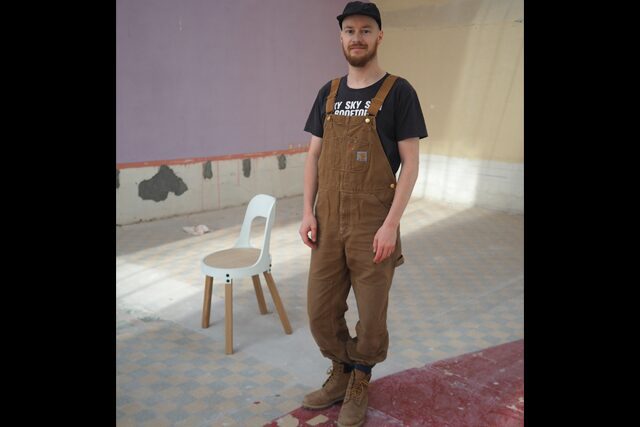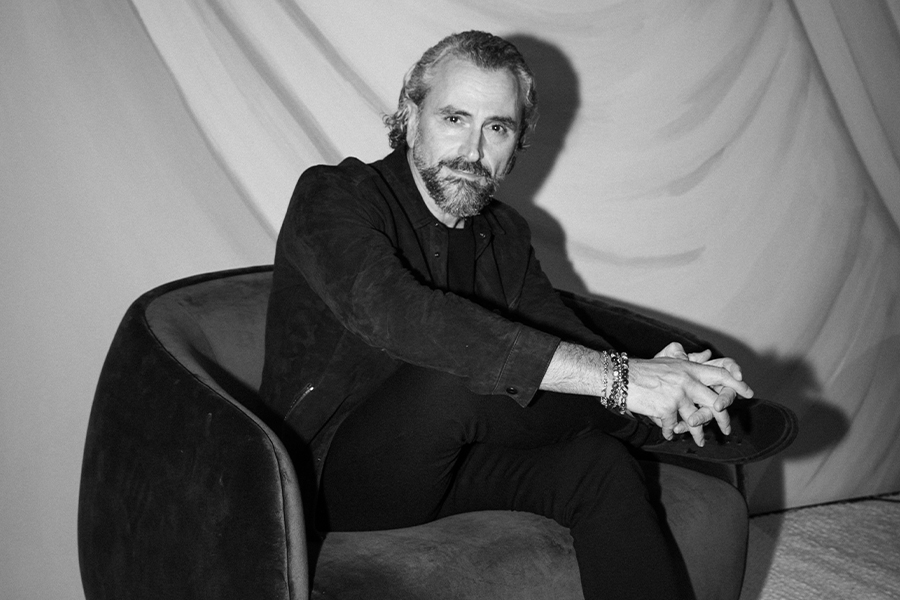Linde Freya
Brussels
The details: Since founding Destroyers/Builders in Brussels in 2014, Linde Freya has harnessed her love of telling stories to create tangible, often abstract, objects. Consider the Windows of Bo Bardi side tables. Fluent in her sculptural and architectural vernacular, the pieces translate Brutalist language into natural shapes and surfaces, embracing contradictions whether that’s soft and rough, matte and shiny, or harsh and delicate. “I have an endless [desire] to find the right materials,” she says. “The interventions and finishes by hand give these objects a tactile aspect that explains the method of Destroyers/Builders.”

Laila Laurel
Norfolk, England
The details: As a tongue-in-cheek response to the manspreading epidemic, Laurel’s chair challenges gender equality as a whole and sexism specifically, in an irreverent but socially conscious design. “It’s important and powerful to address issues around how we move through the world and space we take up,” she says. “This is why I wanted to explore gender politics around seating.” Laurel examines femininity and feminism with the chairs, with one encouraging women to spread out and take up space, while the other forces men to sit with their legs together.
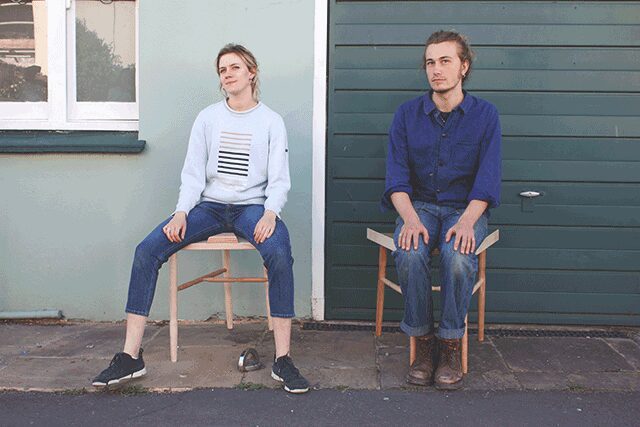
Rio Kobayashi
London
The details: By learning how to jump between cultures—he was born to a Japanese father and Austrian mother—Kobayashi has cultivated a distinct East meets West vibe in his work. As the latest in the Mikadokun and Mikadochan family of chairs, Mikadosan is a reinterpretation of Mikado pick-up sticks, a game with origins in Hungary that is often assumed to be from Japan. Kobayashi playfully brings both cultures together by using a technique that gives the wooden legs the look of pointed Mikado sticks, enhanced by handpainted sections in red, blue, and yellow. “I always want to create something fun and beautiful that also involves some craftsmanship,” he says.

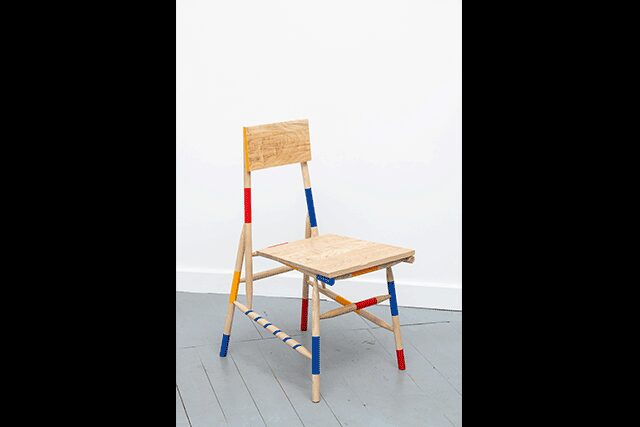
Marie-Victoire Winckler
Paris
The details: Cutting her teeth with the likes of Patricia Urquiola and India Mahdavi, Winckler’s prestigious pedigree has been integral to her design process, as has her globetrotting childhood spent between Berlin, Paris, and Rome. Winckler approaches design via a modern yet classical lens, with glass and ceramic her mediums of choice. “I’m trying to link the past and future,” she says. “These materials have been used [for a long time], but they are incredibly contemporary.” At first glance, her Totem collection of glass vases create the illusion of marble, while also appearing translucent and opaque, ultimately celebrating the ambiguity within design.
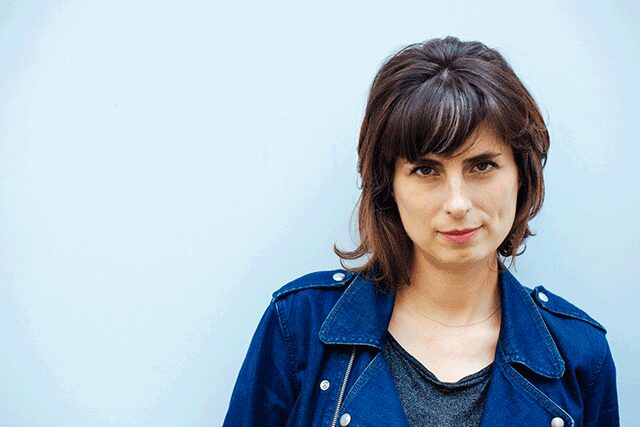

Kusheda Mensah
London
The details: Mensah’s Mutual series manifested from the idea of human connection as opposed to the virtual closeness (or isolation) people feel online. “I wanted to create different forms of social design that would bring people together,” she says. Comprising 20 sculptural, made-to-order pieces, each element represents the curves and shapes of the human body, attracting people who see the products reflected in themselves. Colors and textures evoke warmth and comfort, both in the sense of luxury and inclusiveness. “It’s a long way of saying, ‘let’s all get together and talk face-to-face,’” she says.
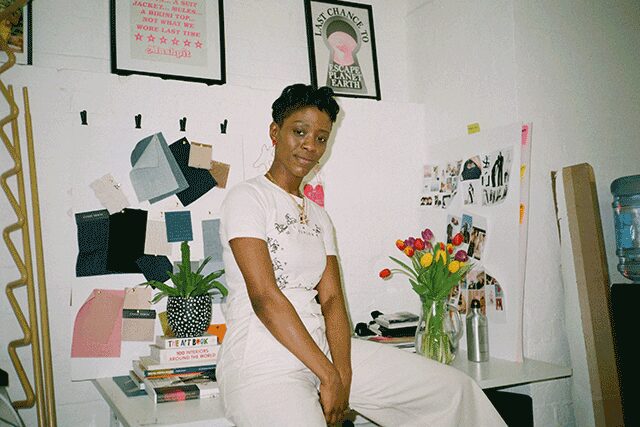


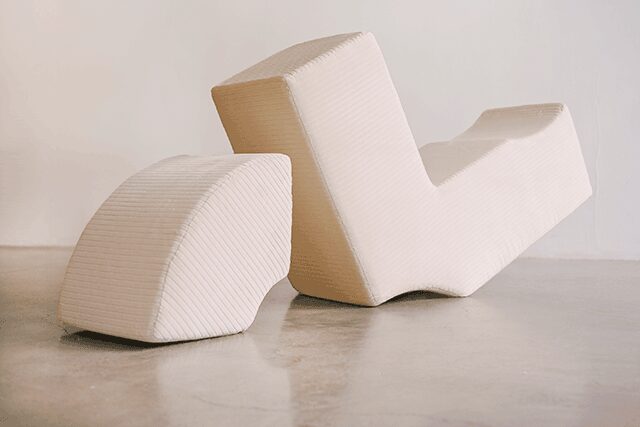
Christophe Machet
Paris
The details: Exploring how to use materials in new ways, Machet’s Pipeline Project transforms industrial PVC—a cheap and durable material—into aesthetically pleasing furnishings. By using a custom-built digital milling machine, the chairs can be assembled on demand, while reflecting his goal to not only recycle and reuse the material, but also make it so production can happen anywhere, encouraging a more localized manufacturing approach. “I want to have the ability to design products without compromise,” he says, “and ensure they have a positive social and environmental impact.”
